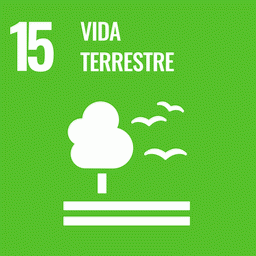The incidence and importance of fire in the Amazon have increased substantially during the past decade, but the effects of this disturbance force are still poorly understood. The forest fire dynamics in two regions of the eastern Amazon were studied. Accidental fires have affected nearly 50 percent of the remaining forests and have caused more deforestation than has intentional clearing in recent years. Forest fires create positive feedbacks in future fire susceptibility, fuel loading, and fire intensity. Unless current land use and fire use practices are changed, fire has the potential to transform large areas of tropical forest into scrub or savanna.
Floresta em Chamas: Origens, Impactos e Prevenção do Fogo na Amazônia
Este livro apresenta uma análise do fogo na Amazônia com a finalidade de identificar os meios pelos quais seus efeitos negativos podem ser reduzidos.
